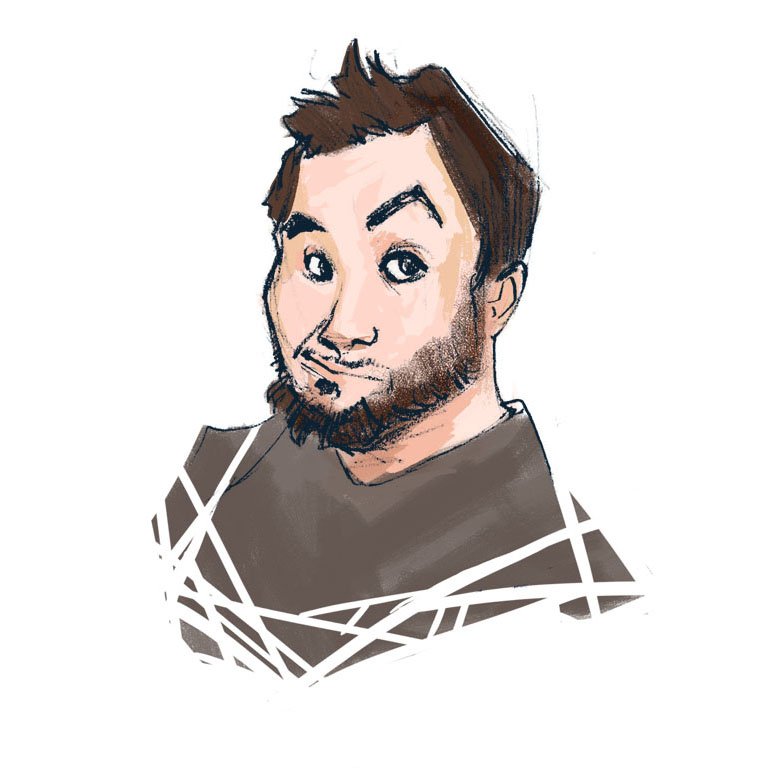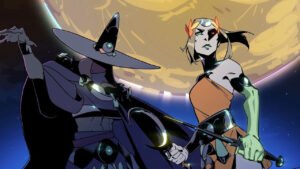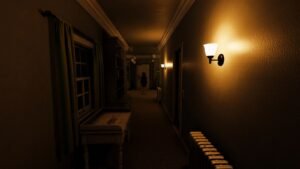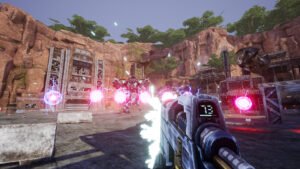The Nintendo Switch releases on March 3, 2017, and much of the video game world is buzzing. There are a lot of questions surrounding the home and mobile console hybrid, but the genuine reaction across the board is excitement. The idea for fans to take their favourite games anywhere they go is an exciting premise and a pretty unique idea, and that’s not taking into account some of the Switch’s other features. Still, Nintendo has been relatively tight lipped about the power behind their next home console, opting to talk about its features, the potential behind this unique idea, and what makes developers want to work on it. Luckily, they’ve allowed press, and even some of the general public to get their hands on it, and it’s legitimately something to look forward to.
I got my hands on the Nintendo Switch at an event in Toronto, and the first thing that I noticed was the size. Unlike most modern consoles, the Switch is very minimalistic, both the docking station and the console/tablet itself are very unobtrusive, looking natural on the user’s TV mantle. The build quality is actually pretty surprising as well. The docking station is incredibly light, but made with a solid plastic.
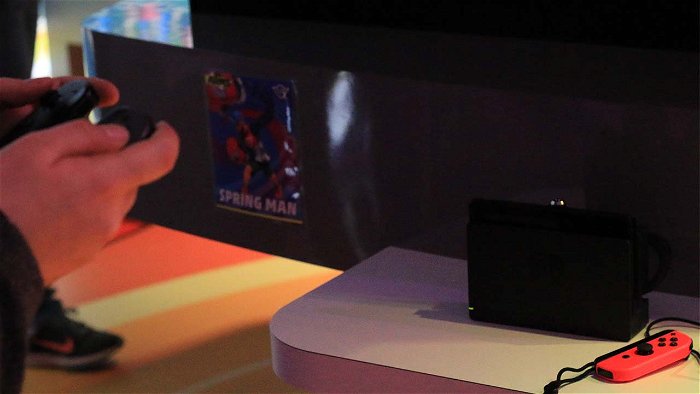
The Joy-Con controllers have a sturdy feel, and honestly might be my favourite Nintendo controller I’ve used in a very long time. In terms of comfort, they fit well in the user’s hands both sideways and the more traditional upright way. I actually ended up playing Legend of Zelda: Breath of the Wild with my hands at my sides. While they’re small, the tech behind them is pretty astonishing, and if used properly some of the features could make gaming more immersive. The big thing Nintendo has touted for the Joy-Con is HD Rumble. It’s essentially a rumble feature that goes throughout the controller but give a more realistic feeling. In the 1-2 Switch demo, they showed this off with a ball counting game. The player holds the Joy-Con and rolls it around as if it were a box with ping-pong balls inside, and then he or she has to guess how many balls are in said box. The realism was fascinating to say the least, and the other practices worked to add a layer of immersion. In Mario Kart 8 Deluxe that feature was used to make you feel the traction during a power slide. Overall they’re a pretty interesting piece of tech. I didn’t enjoy using the docking controller where the Joy-Con slide in while the tablet is hooked up to the TV. Everything felt too compact, making the gaming experience a little uncomfortable. The pro controller was the opposite in that regard, but the build quality is nowhere near to the standard of the Joy-Con, making it feel more like a third party device. My favourite way to play was actually with the Joy-Con snapped on either side.
While the Joy-Con controllers are definitely a selling point for the Switch, many fans have expressed concern over the power of the console, and what that could mean for other developers’ support. For the most part, games like Splatoon 2, Mario Kart 8 Deluxe, and Arms ran well with little to no issue. Admittedly Breath of the Wild seemed to struggle when docked, but in my experience played fine on the handheld. Andrew Collins, Communications Manager for Nintendo who has worked in the video game industry for 15 years before moving to his current position, says that it’s not the power of the Switch that will entice developers.
“As a former developer myself, I’ve spoken to friends who are working on titles… and they’ve said it’s nice to program for, it’s not something you have to fight to program” says Collins, adding there are at least 50 developers working on 80 games for the Switch. “That’s the biggest thing, if you make it easy for developers to do it, they’ll do it.”
Time will tell in that regard, but at the moment, the Switch does have a pretty solid first year line up that can take Nintendo past the holiday season. If it is easy to develop for—and Collins isn’t the first person to bring this up—then support could come from many sources outside Nintendo, which would stand in contrast to the Wii U era.

Overall, after getting my hands on the Nintendo Switch, I have a much better understanding of Nintendo’s direction for this console. It won’t be a powerhouse, but that wasn’t its purpose. It seems Nintendo is intent on making a device that has interesting features, is easy to develop for, and provides a unique experience for its users. In that regard, the Switch might be exactly what Nintendo wants, which in turn, can only be good for their fans.

